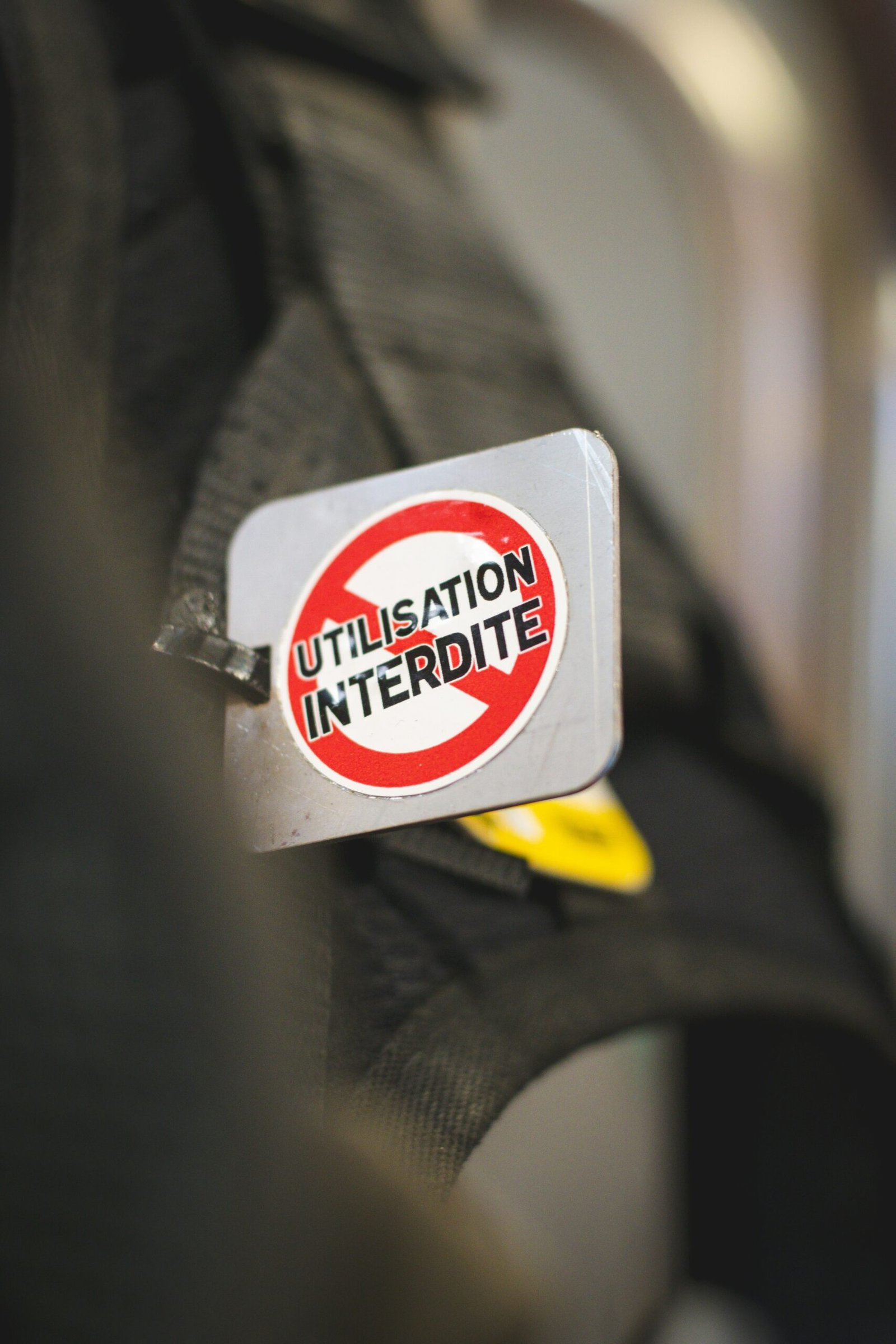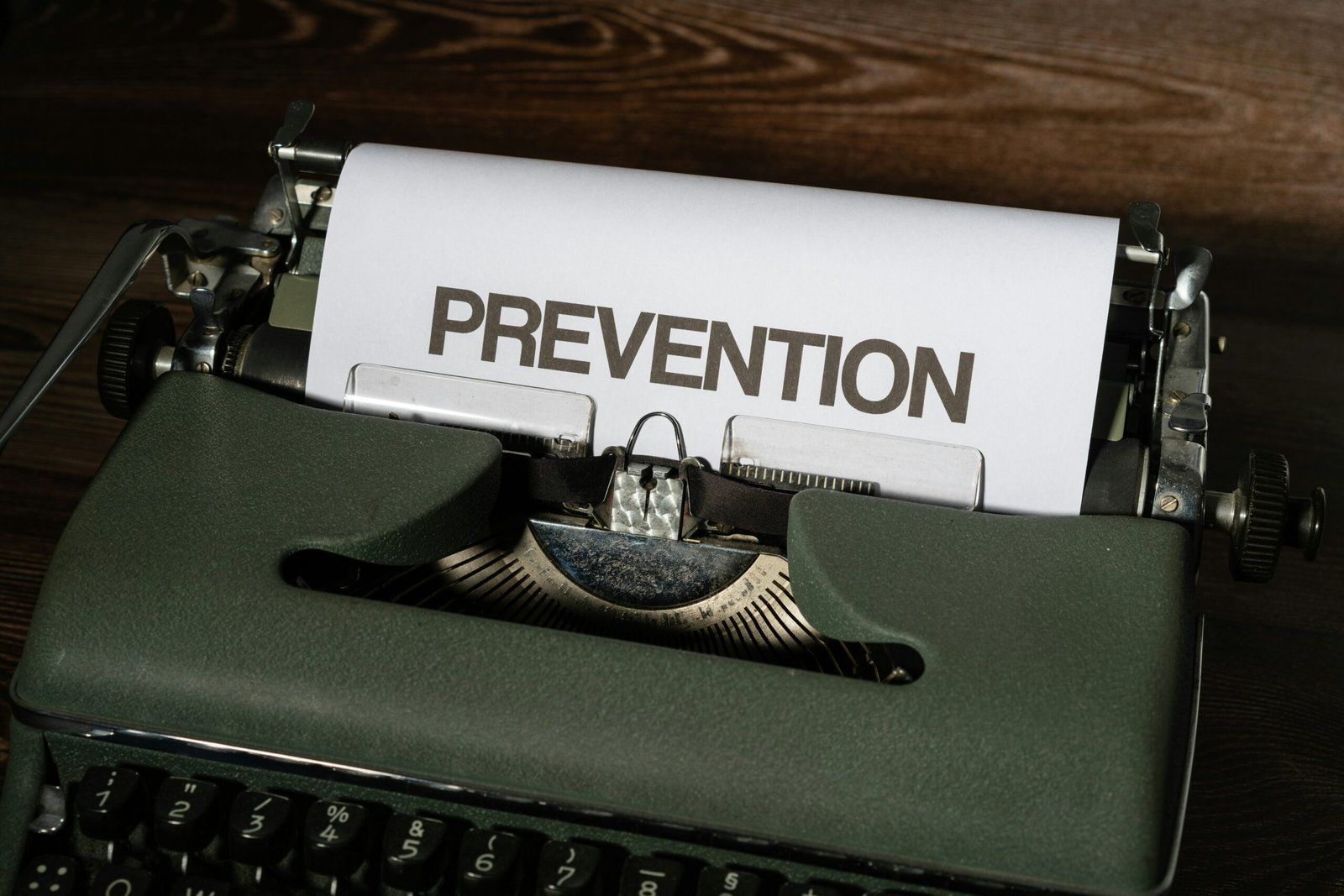Have you been feeling the pinch of higher prices recently and wondered how to secure your financial future against inflation? You’re certainly not alone. Inflation can erode the purchasing power of your money, affecting everything from your daily groceries to long-term investments. Luckily, there are strategies you can adopt to shield yourself and your finances from the impacts of inflation.

This image is property of pixabay.com.
Understanding Inflation
Before we discuss the protective measures, it’s essential to understand exactly what inflation is. Inflation refers to the rate at which the general level of prices for goods and services rises, reducing purchasing power. It might sound a bit technical, but think about this: if inflation is at 3%, what costs you $1 today will cost you $1.03 next year for the same product or service.
Types of Inflation
-
Demand-Pull Inflation: This happens when demand for goods and services exceeds supply. For example, if everyone wants the latest smartphone but there’s a limited supply, prices may rise.
-
Cost-Push Inflation: This occurs when the costs of production increase, and businesses pass those costs onto consumers in the form of higher prices.
-
Built-In Inflation: As wages rise, so do the costs of producing goods and services. This leads to a cycle where higher prices lead to higher wages, which in turn lead to higher prices.
Why It’s Important to Protect Against Inflation
Understanding inflation’s impact is crucial because it affects your financial well-being. If your investments or savings aren’t growing at the same rate as inflation, your purchasing power decreases. This means your money buys less over time, potentially affecting your standard of living.
Strategies to Protect Against Inflation
Let’s dive into some effective strategies which can help safeguard your finances from the detrimental effects of inflation.
1. Investing in Stocks
Stocks are often seen as a robust hedge against inflation. Historically, stock markets have provided returns that outpace inflation over the long term. This is due to corporate growth and increased earnings, which drive the stock prices up even when inflation occurs.
2. Real Estate Investments
Real estate is another powerful tool to combat inflation. Property values and rental income tend to rise with inflation, helping to maintain and even grow your wealth. Owning property means you have a tangible asset that typically appreciates in value over time.
3. Treasury Inflation-Protected Securities (TIPS)
TIPS are a type of U.S. Treasury bond specifically designed to protect against inflation. The principal value of TIPS increases with inflation and decreases with deflation, as measured by the Consumer Price Index (CPI). This ensures that your investment retains its purchasing power over time.
4. Diversifying with Commodities
Commodities such as gold, silver, and oil often rise in value during periods of inflation. These tangible assets can be a solid addition to your portfolio as they tend to perform well when traditional currencies are being devalued.
5. High-Yield Savings Accounts and CDs
While traditional savings accounts might not offer much in the way of interest that surpasses inflation, high-yield savings accounts can be different. Certificates of Deposit (CDs) can also provide slightly better returns, locking in an interest rate for a set period.
6. Investing in Foreign Currencies
Diversifying your portfolio by investing in foreign currencies can provide a hedge against inflation if your home currency is weakening. This strategy can be complex and is typically best for those who have some experience in currency markets.
7. Mutual Funds and ETFs
Mutual funds and Exchange-Traded Funds (ETFs) can offer inflation protection through diversified portfolios. Certain funds focus on sectors that typically do well during inflationary times, like natural resources and commodities.
8. Increasing Income
Boosting your income is another direct way to combat inflation. This can be achieved by negotiating raises at your current job, taking on a side hustle, or investing in education or training that can increase your earning potential over time.
Building an Inflation-Proof Portfolio
Creating a balanced and diversified investment portfolio is crucial for long-term inflation protection. Here’s how you can structure one:
| Asset Type | Role in Inflation Protection |
|---|---|
| Stocks | Growth potential that outpaces inflation |
| Real Estate | Tangible asset that appreciates and offers income |
| TIPS | Secure bond with inflation adjustment |
| Commodities | Tangible assets good for currency devaluation |
| High-Yield Savings/CDs | Stability and modest returns |
Balancing these asset types can offer a buffer against inflation’s effects, preserving your wealth’s purchasing power.

This image is property of images.unsplash.com.
Staying Informed
Staying informed about economic indicators can give you insight into potential inflationary trends. Regularly reviewing news from trusted financial sources and consulting with economic experts can help you make informed decisions about when to adjust your investment strategy.
Practical Tips for Day-to-Day Inflation Protection
While long-term investments are essential, day-to-day habits can also protect your purchasing power.
Embrace Frugality
Living within or below your means allows you to save and invest more, providing a buffer against inflation’s impact. Seeking discounts, buying in bulk, or choosing high-quality goods that last longer can stretch your dollar further.
Keep a Budget
Maintaining a detailed budget helps you monitor your spending habits and identify areas where costs could rise due to inflation. Adjust your spending habits as needed to keep on financial track.
Shop Smartly
Price comparison shopping and making use of coupons or cash-back opportunities can mitigate inflation’s effects on your everyday expenses.

This image is property of images.unsplash.com.
Common Inflation Myths Debunked
Understanding what inflation is NOT can be just as valuable as knowing what it is. Here are some common misconceptions:
Inflation Equals High Prices
Not exactly. While prices rise with inflation, the actual concept is about the rate of change of these prices, not the prices themselves.
Inflation Hurts Everyone Equally
Inflation can have varied effects on different economic segments. For example, those with fixed incomes might feel its impact more than those who can adjust their income to keep up with inflation.
High Income Protects You from Inflation
High income doesn’t automatically shield you from inflation unless that income grows at or above the inflation rate. It’s crucial to manage and invest wisely to maintain purchasing power.
Conclusion
Protecting yourself from inflation requires a proactive approach, diversifying your investments, and making informed financial decisions. By understanding inflation and implementing these strategies, you can help ensure that your wealth retains its value over time.
Remember, each strategy has its complexities and risks. Consider speaking with financial advisors to tailor a plan that suits your personal financial goals and circumstances. Safeguarding your finances is key to maintaining your lifestyle in any economic climate.

This image is property of images.unsplash.com.
